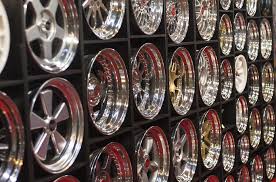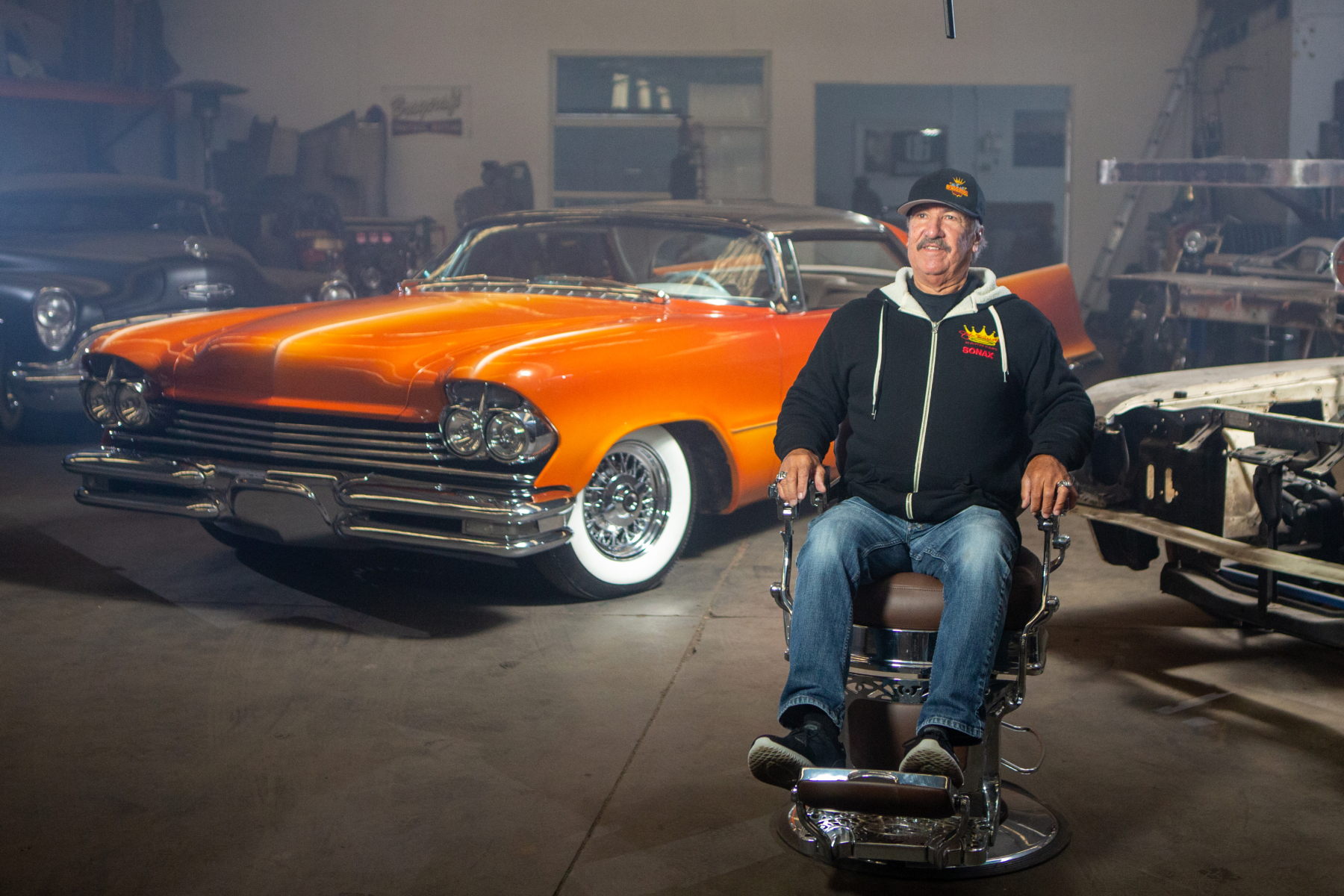

Like a lot of elements available to industry, magnesium is pretty dangerous stuff. However, over many years its wilder nature has been tamed to produce some special and very useful products.
Magnesium, or ‘elektron’ as it is sometimes known, has been used commercially since the 19th Century and for automotive components – mainly in racing cars – since the 1920s. When Ferdinand Porsche designed the German ‘People’s Car’ or Volkswagen he specified to save weight engine crankcases made from magnesium alloy.
Since then magnesium has been used in a range of vehicles and for a wide variety of purposes but most commonly in the manufacture of wheels.
Competition vehicles in particular need wheels that are strong to resist cornering forces and light to reduce un-sprung weight. Wheels made from almost pure magnesium fulfilled both criteria but they were a liability and often a deadly one when a crash occurred.
The combination of spilt fuel or oil, hot components and magnesium created fires that burned with intense heat and could not be extinguished with water or any conventional fire-fighting technique. The only effective way to extinguish a magnesium fire was to bury the burning components and not many race-circuit crash crews had access to dump trucks full of sand.
As technology progressed the quantity of volatile magnesium used in wheel production was reduced. Many of today’s ‘mag’ wheels are made primarily from aluminium. One that used magnesium alloy to great effect was the ‘Minilite’ wheel developed for competition use by BMC Minis. These wheels were distinguished by eight short, rounded spokes on a polished or black enamelled rim.
Ted Halibrand learned about magnesium in the US Air Force during World War 2 and in 1946 established a business making sand-cast magnesium wheels for Indy racers. The business grew rapidly and by the 1960s, Halibrand ‘pin-drive’ alloy wheels were seen on cars like the Le Mans Ford GT40 and Shelby Cobra.
Some early low-cost wheels combined a steel rim with alloy spokes and centre with the components riveted together. These wheels could not be used with tubeless tyres because they would not hold air and after many years the rivets can fail as well.
Wheels of different sizes front to rear became popular during the 1970s and gave rise to the three-piece ‘composite’ rim. These are often fitted to high performance ‘muscle cars’ and vehicles used for competition. However they weren’t invincible.
One very famous and public failure occurred during the 1982 Bathurst 1000 motor race when 1974 winner Kevin Bartlett slid his Chevrolet Camaro to a stop on its roof after a composite wheel split and let a rear tyre deflate.
Wheels are covered by Enthusiast’s Drive Less…Spend Less insurance cover but only for accidental damage, not defects. It is worthwhile whenever your car gets a change of tyres – or more frequently if it doesn’t travel very far – to have the wheels checked for cracks, buckling or component separation.
No matter what age or model it is and what kind of wheels it might use, pretty much any vehicle that doesn’t travel huge annual distances will benefit from Enthusiast’s cost-effective insurance cover. Just visit www.enthusiast.com.au for a quote.

